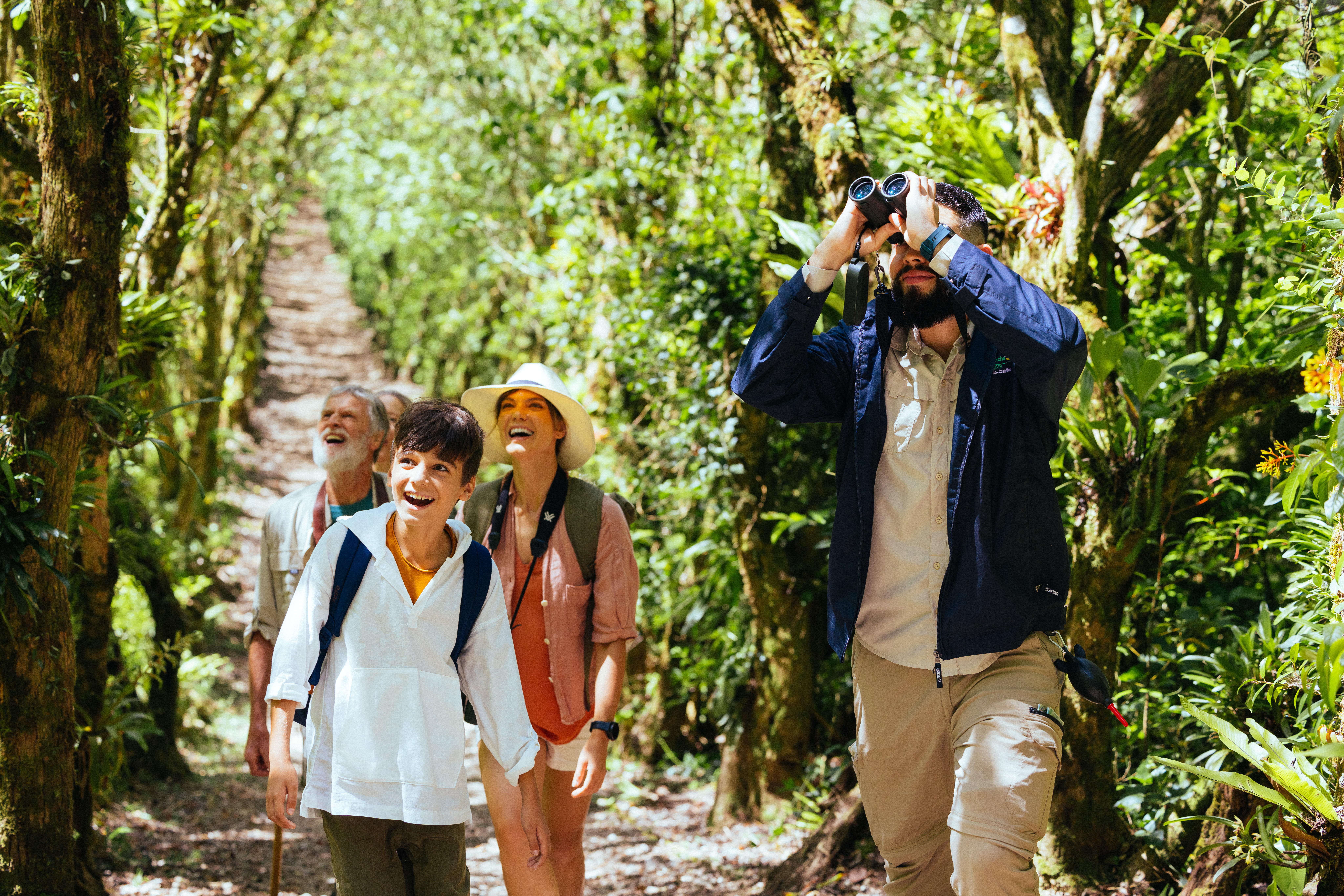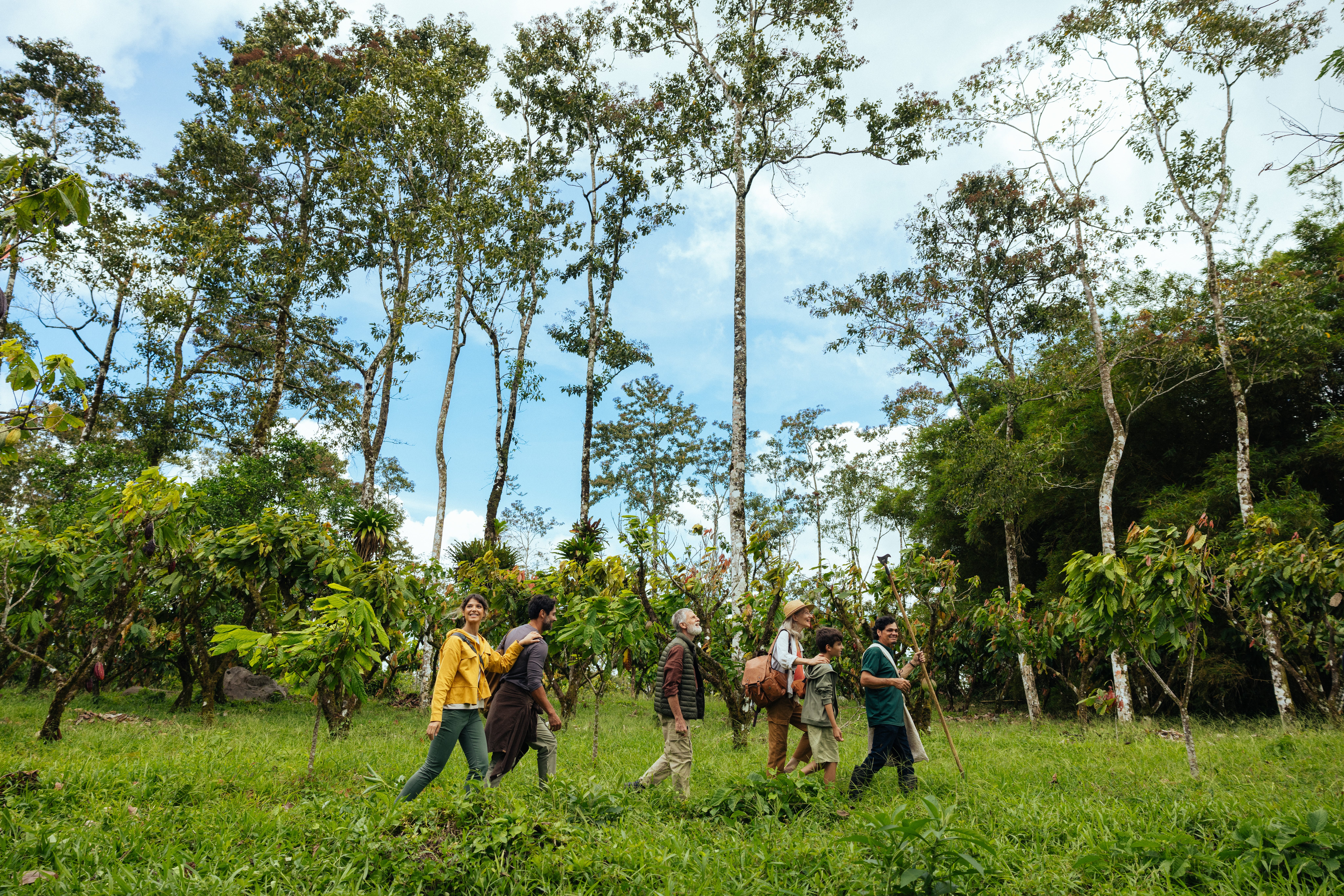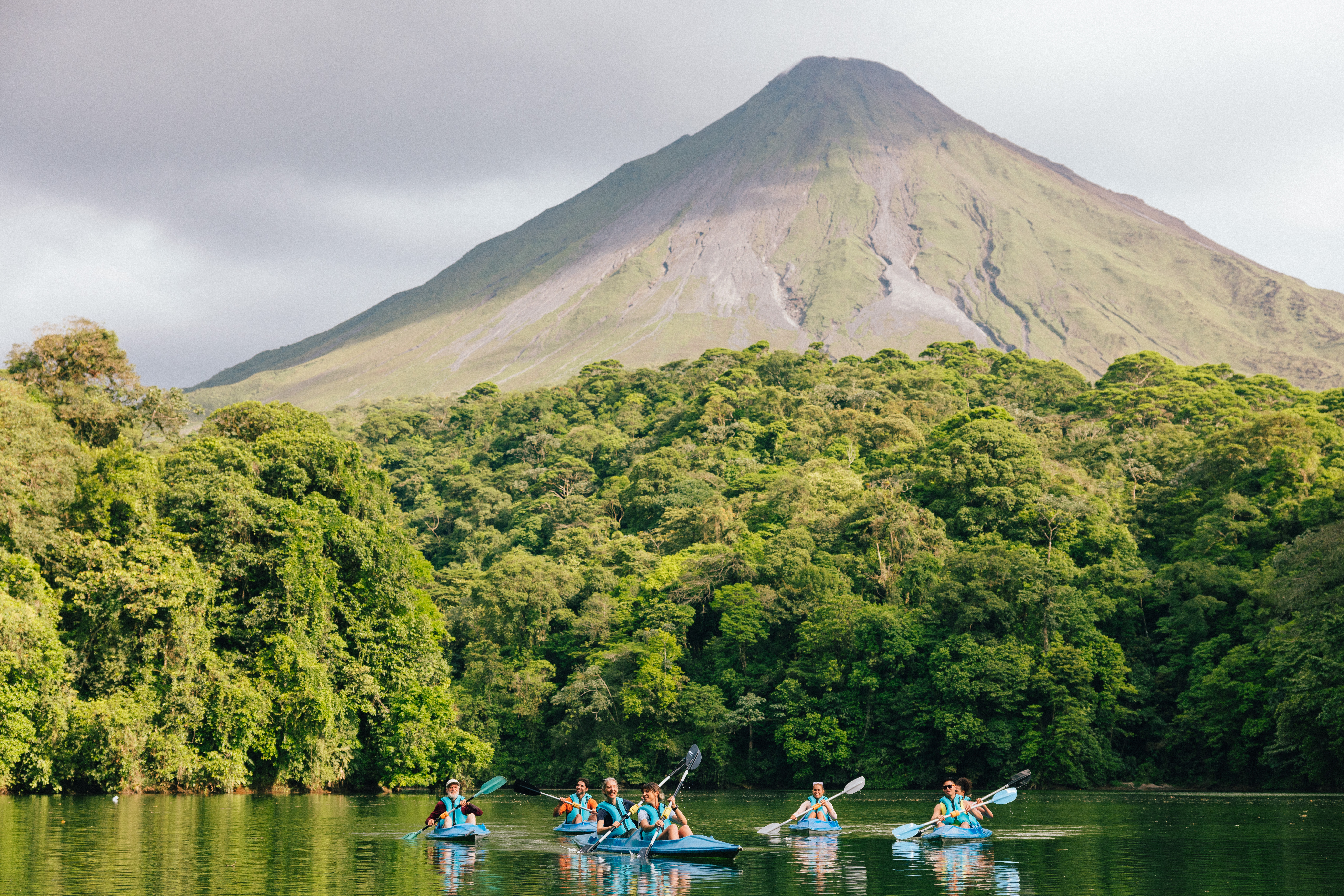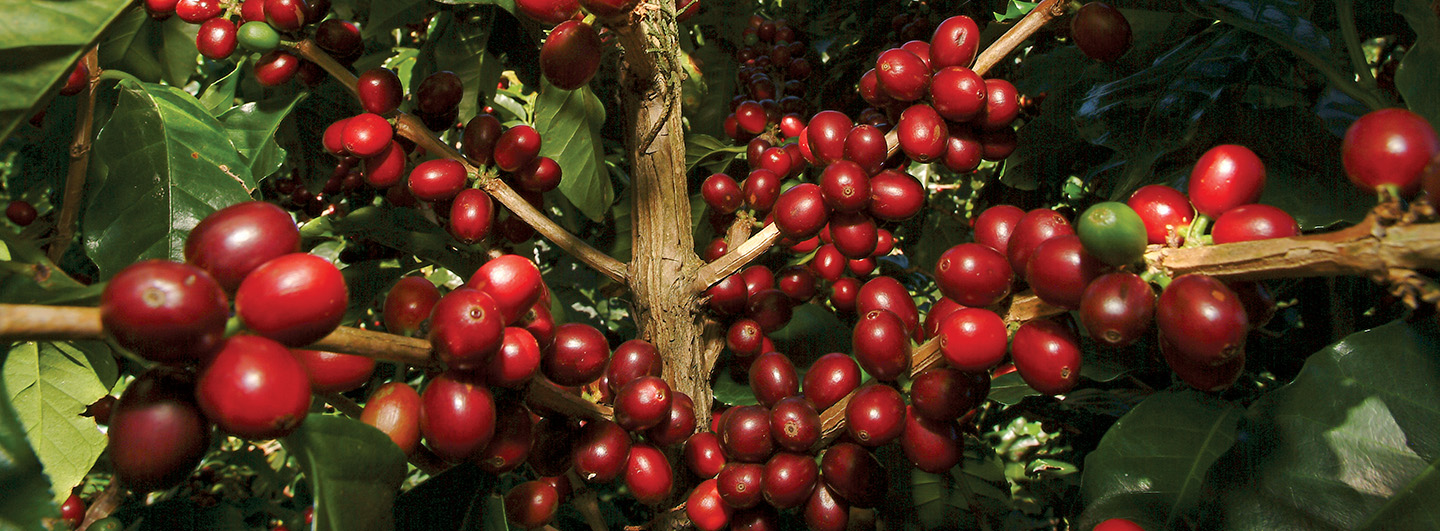create your coffee experience in costa rica
From tasting Costa Rica coffee to an immersive coffee tour, discover all the nuances of this delicious brew.
Gathered from misty mountain slopes and ultimately brewed into a perfect cup, the Costa Rican coffee experience is a story worth sharing. Coffee enthusiasts can talk for hours about Costa Rican beans, and even casual drinkers are blown away when they taste their first authentic brew. Sip your way through local cafés and go straight to the source on a coffee plantation excursion where you can enjoy the journey firsthand from bean to cup. These mindful moments in Costa Rica are more essential than ever.

what makes costa rica coffee special
Since the first beans were brought from Cuba in 1779 Costa Rica has flourished as one of the best coffee-growing regions in the world. By 1832, grano de oro (the golden grain) had become one of the primary exports of Costa Rica and contributed greatly to its economic development. The country’s warm climate with both wet and dry seasons, steep elevations and fertile, volcanic soil create the perfect conditions for growing coffee beans. Costa Rica is known for its prized arabica beans in Caturra and Catuaí varieties. Planting Robusta beans has been prohibited by law and cultivating high-yielding Catimores was discontinued in order to preserve coffee quality.
On small farms, cherries ripen slowly – creating a smooth, more intense flavor – and are handpicked by farmers. Costa Rica also pioneered the “honey” process that has since been adopted worldwide, a technique that involves de-pulping and washing coffee cherries after fermentation while preserving some mucilage – creating sweet, fruity notes to enhance the flavor.
sustainability matters
Costa Rica has long led the way in sustainable practices throughout the nation, and its coffee farmers are no exception. The country produces nearly 93% of its electricity from renewable resources and 26% of its territory is protected natural land. In the coffee industry, specifically, processes are being introduced like using drip irrigation to reduce water consumption and growing beans under canopy shade to encourage biodiversity and protect against pests and disease.

where to find a costa rican coffee experience
Coffee is grown in eight distinctive regions in Costa Rica: Burnca Region, Turrialba, Tres Ríos, Orosi, Tarrazú, Central and Western Valleys, and Guanacaste. Owners of mills in each coffee-growing region signed the Agreement to Improve Quality, committing to the manual and selective harvesting method, in which only ripe cherries are selected. Throughout any of these regions, you can choose from different types of excursions and tours to see the process for yourself.
Read more about Costa Rica's regions
A farm tour is one of the most popular options, led by a knowledgeable local. Your coffee excursion begins with a stroll through lush fields where the coffee cherries flourish. Learn about cultivation practices that have been passed down for generations, from planting and harvesting to the delicate art of bean selection. You’ll engage all of your senses as you rub the leaves between your fingertips, listen to the rhythmic hum of the mill, inhale the fragrance as raw beans are transformed into grounds, and finally have a chance to sip the delicious brew.
On a plantation tour, you can get a firsthand look at large-scale operations, often integrating modern technology with traditional practices. Expand your palate on a tasting tour as you try a variety of blends, picking up on subtle aromas as you learn how the terroir, curing and roasting techniques can influence the flavor.
You can pair your coffee tour with experiences in chocolate and sugarcane, or try a cultural coffee tour that weaves in elements of history, art and music. For those seeking even more adrenaline than a good cup of coffee can deliver, try an adventure tour that includes hiking or biking to picturesque farms and plantations.
In beautiful Costa Rica, you’ll also find the first and only Starbucks coffee farm, Hacienda Alsacia. Here, Starbucks mission is to create best practices to make growing coffee more profitable for small-scale farms; develop the next generation of disease-resistant, high-quality coffee; and share information and resources freely with farmers around the world.
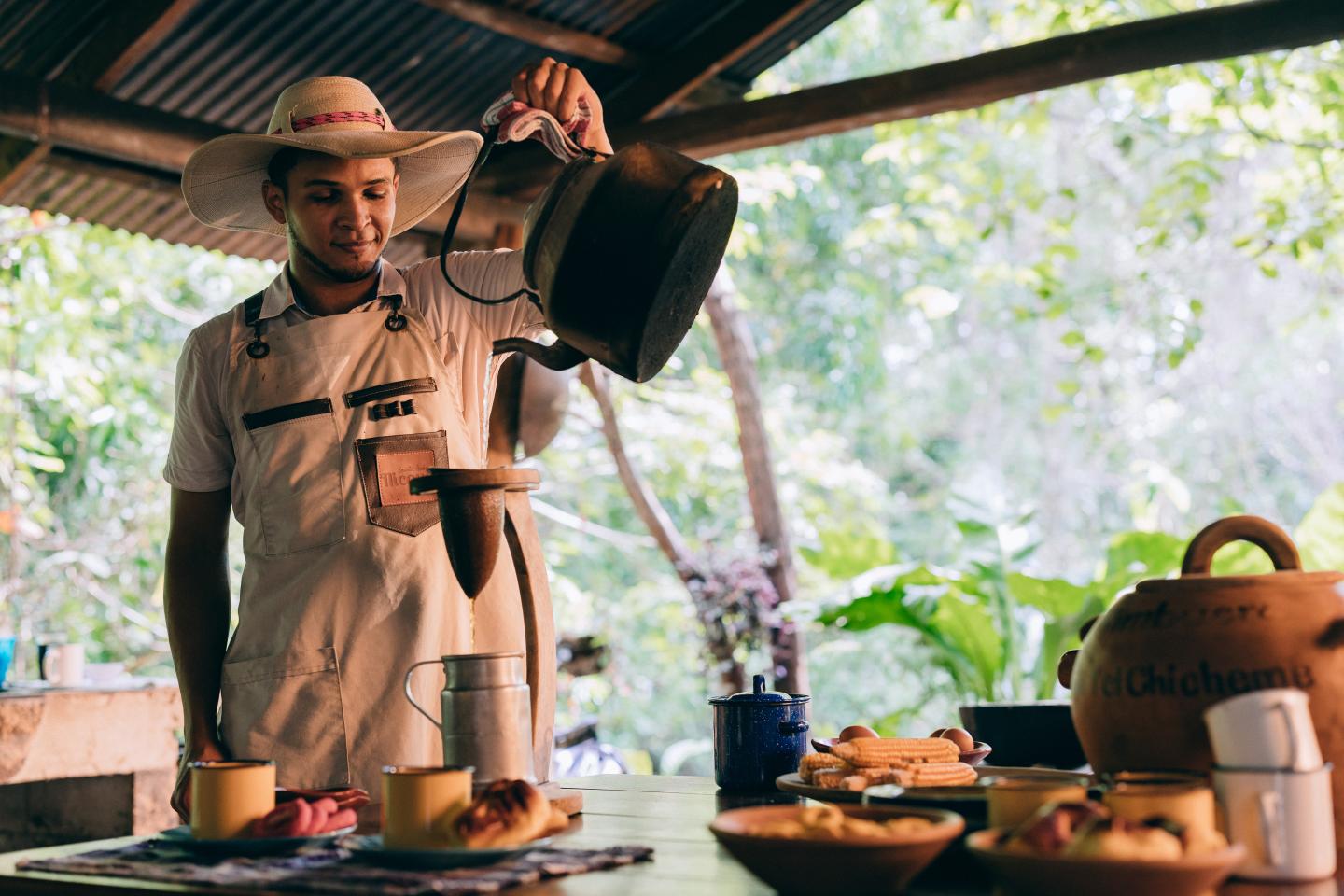
how to enjoy costa rica coffee
Whether you’re at the height of a farm tour or enjoying a traditional breakfast of gallo pinto and plantains, a hot cup of Costa Rican coffee is waiting for you. Traditional Costa Rican coffee is known as aguas de medias, or “sock water.” Why? Because it’s prepared in a wooden chorreador that suspends a tubular cloth filter (bolsita, or “small bag”). Fill the bag with hot water, spoon in the coffee grounds and the sock acts like a drip coffee filter to create a brew that is strong and rich without being overpowering. Add milk or cream and sugar to your liking, and you’ve just recreated your own authentic Costa Rican coffee experience! Get a deeper sense of Costa Rican culture on a coffee experience, and you’ll likely come home a fan for life.


